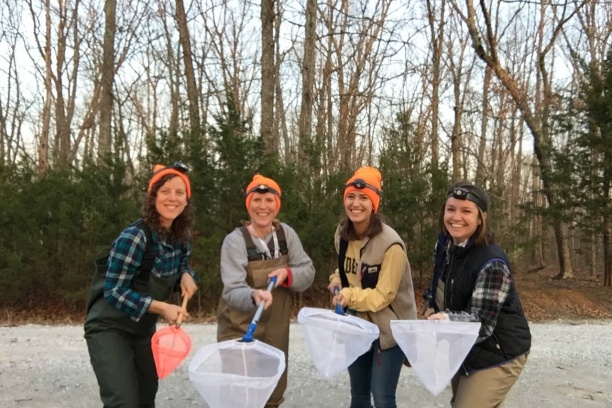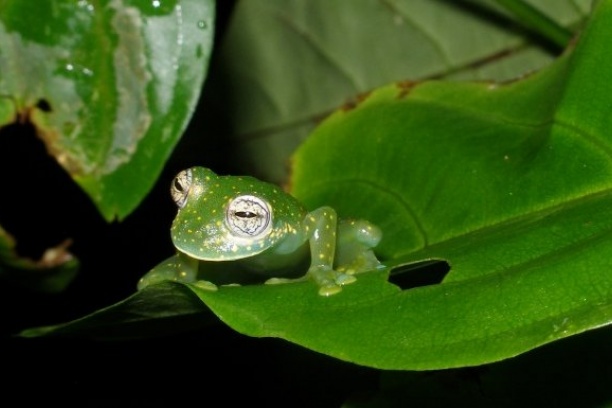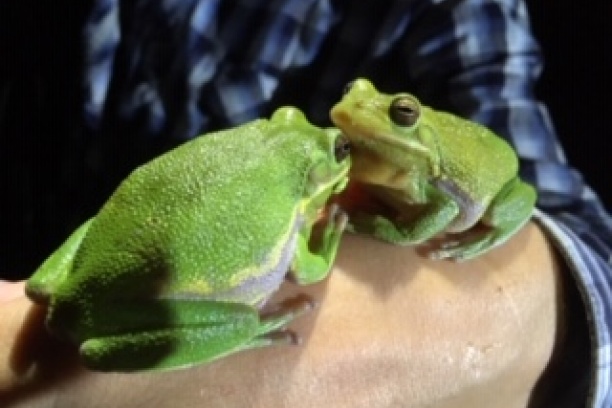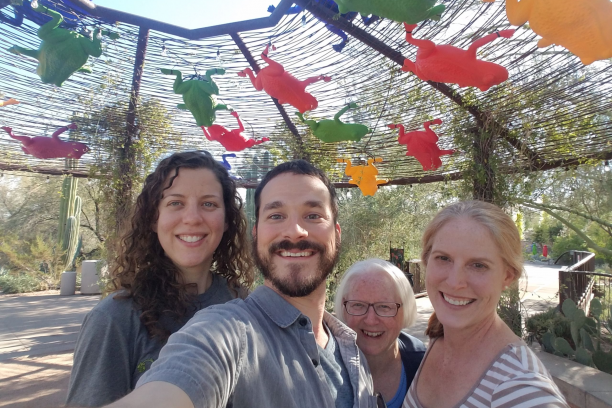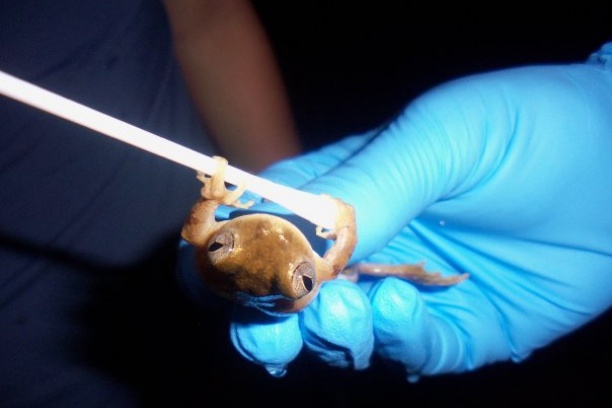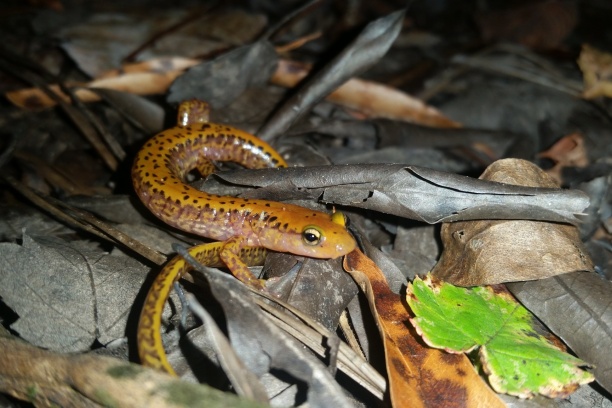We are inspired by the natural beauty of our world's amphibian species. We fear for their survival in the face of multiple threats including climate change and disease.
Using amphibian model systems, we study the interaction between hosts and pathogens. Currently, we're focusing on the nature of innate and adaptive immune defenses in the skin against two novel chytrid pathogens linked to global amphibian declines. These pathogens are Batrachochytrium dendrobatidis (Bd) and Batrachochytrium salamandrivorans (Bsal).
By attacking the skin, these invasive fungi have destroyed amphibian populations around the world. To better identify the relationship between amphibian immunity and these fungal infections, we examine the mucosal skin secretions, as well as counter defenses of the fungi themselves. We think of it as the “battle in the skin” between the amphibians and the fungus, and the survival of their species hangs in the balance.
Little is known about conventional adaptive immune responses against chytrid fungi. Our ongoing studies have shown that Bd releases factors that inhibit lymphocyte responses. Preliminary studies suggest that Bsal also releases factors that inhibit immunity. These studies aim to better understand the specific mechanisms these destructive fungi use to overcome amphibian immunity.
Much of our research also involves identifying and characterizing amphibian antimicrobial peptides (AMPs) which defend amphibians against bacterial, viral, and fungal pathogens. Along with collaborators, we also study the role of skin microbiota as “bacterial sentinels and protectors” of amphibians from Bd and Bsal. We are also part of a multi-state study that examines the effects of temperature on immune defenses of local Tennessee amphibians against the chytrid pathogens.
Visit our Facebook page and Wordpress site for updates!
